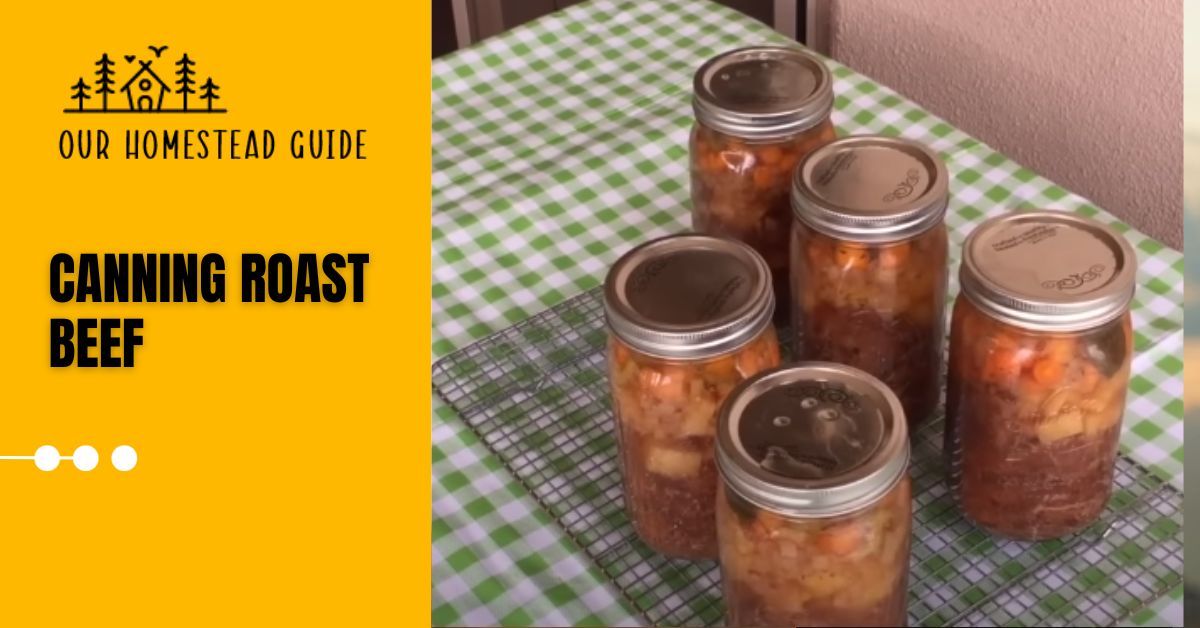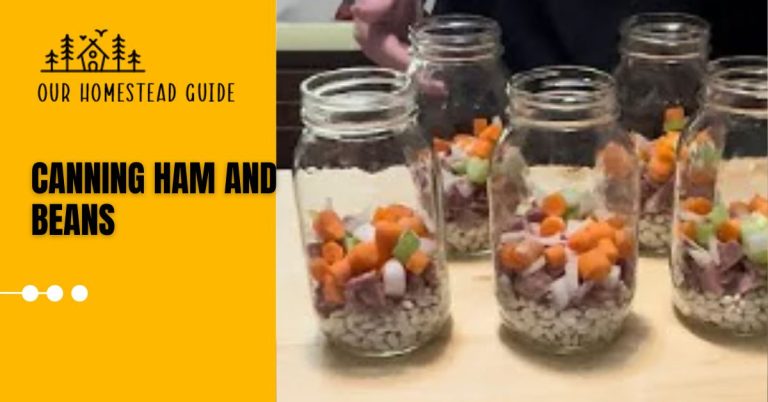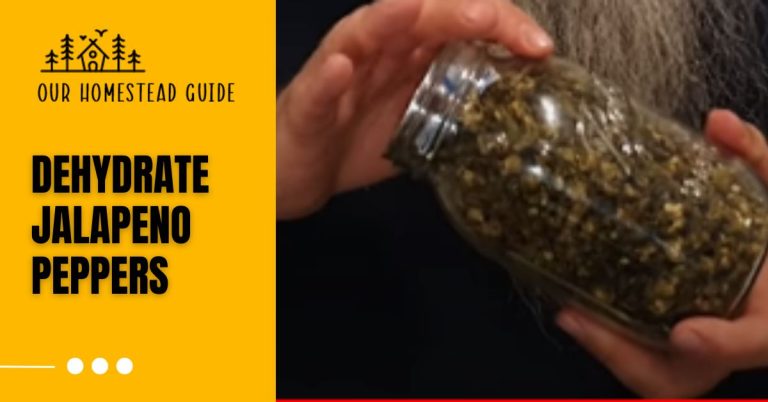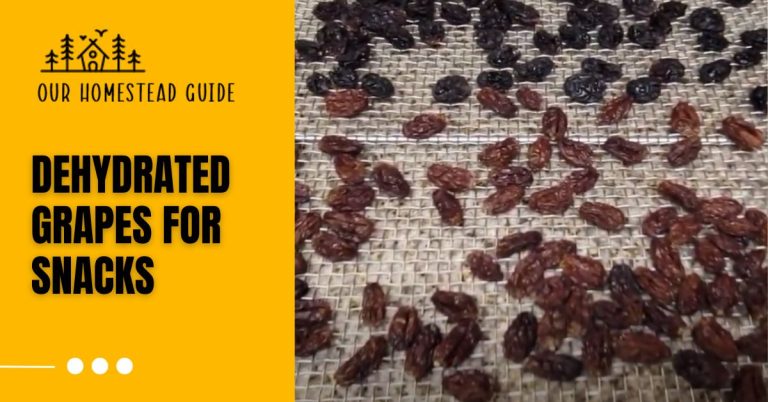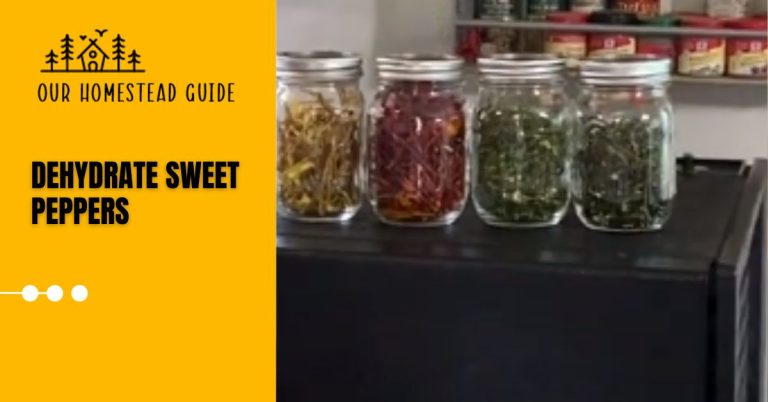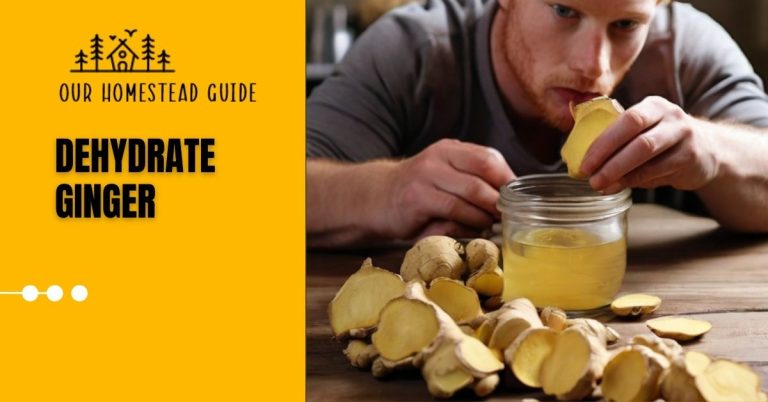How to Canning Roast Beef Perfectly: Easy Guide
Canning Roast Beef can be prepared using various cooking methods, each offering a unique and delicious twist to this classic dish. The traditional “roast beef all’inglese” and “roast beef of old England” involve oven-roasting a seasoned beef joint to perfection, while “roast beef and Yorkshire pudding” pairs the tender beef with a delightful pudding.
For those seeking an adventurous taste, “roast venison” offers a gamey and rich alternative.
How to Canning Roast Beef?
Step 1: Gather Equipment and Ingredients
- Equipment Needed:
- Canner with pressure
- Lids and rings on pint jars
- chopping block and blade
- Spoons for adding flavor
- Vinegar.
- Set the timer.
2. Ingredients:
- Chuck roast (buy one get one free, approximately 12 pounds)
- Montreal steak seasoning
- Water (for the pressure canner)
Step 2: Prepare Jars and Pressure Canner
- Give the pint jars a good cleaning.
- After setting the pressure canner over medium heat, pour in about two inches of water.
- If you want to avoid a white film on the jars, you may optionally add a little vinegar.
Step 3: Cut and Season the Meat
Remove any thick, fatty sections from the chuck roast before chopping it into cubes that are about 1 inch by 1 inch.
Use Montreal steak seasoning to season the meat. One teaspoon should be used for every pint jar.
Step 4: Pack the Jars
Keep a 1-inch headroom while packing the seasoned meat into the jars.
Make sure the jar rims are clean by giving them a vinegar wipe-down.
Once the lids are finger-tight, screw them on.
Step 5: Load Jars into the Pressure Canner
In the pressure canner, put the full jars.
Place the canner’s lid on and secure it.
Step 6: Venting
Give the canner’s steam at least ten minutes to escape.
Pressurize the canner by adding the weighted gauge after venting.
Step 7: Maintain Pressure
To maintain 10 psi of pressure, change the stove temperature (modify according to your elevation).
Let the canner process the jars for 70 minutes after setting a timer.
Step 8: Cool Down
After processing is finished, remove the heat source.
Let the pressure canner’s natural release of pressure. Hold off until the pressure indicator reaches zero.
Step 9: Check Seals and Store
After the pressure canner has been depressurized, carefully open it.
Press the middle of each lid to ensure that the jar seals are intact.
Before keeping them in a cold, dark location, let sealed jars cool.
Step 10: Enjoy Your Canned Roast Beef
It’s now time to preserve and use your canned roast beef in a variety of dishes.
Use according to USDA recommendations within suggested time ranges.
Roast Beef
A classic beef meal is roast beef, which is created by baking a beef cut until it reaches the required doneness. It is a well-liked dish for regular meals as well as special occasions.
Instructions:
Set oven temperature to 325 F, or 165 C.
Using paper towels, pat the beef roast dry, then liberally season with salt and pepper. Apply some olive oil to the roast.
Add the herbs and garlic cloves to the roast after placing it in a roasting pan.
To achieve an internal temperature of 145 degrees Fahrenheit (63 degrees Celsius) for medium-rare, 160 degrees Fahrenheit (71 degrees Celsius) for medium, or 170 degrees Fahrenheit (77 degrees Celsius) for medium-well, roast the beef for 20 to 25 minutes per pound.
Before carving, take the roast out of the oven and allow it to rest for ten to fifteen minutes.
Tips:
- Prime rib, top sirloin, and ribeye are among the greatest cuts of beef to use for roast beef since they have a lot of marbling.
- You may use the pan drippings from the roast to make a gravy. Just cook, whisking in flour until thickened.
- The roast can also be prepared in a slow cooker. Cook for eight to ten hours on low in the slow cooker.
Canning Roast Beef and Related Techniques
Roast beef that has been canned maintains its taste over time, making it a flexible source of protein for a variety of recipes. An array of strategies and adaptable features augment the attractiveness; a table enumerating procedures is provided for those seeking certain preferences.
| Technique | Description |
| Canning Roast Beef | The process of canning cooked roast beef in jars, often seasoned with herbs and spices for added flavor. |
| Pressure Canning Roast Beef | Utilizing leftover roast beef to can, reducing food waste, and providing a ready-to-eat meal for future consumption. |
| Canning Leftover Roast Beef | Canning a pot roast, which includes vegetables and seasonings, creates a complete and hearty canned meal. |
| Canning Beef Shoulder Roast | Canning a specific cut of beef, the shoulder roast, which can be tender and succulent when preserved in jars. |
| Canning Beef Chuck Roast | Canning beef chuck roast is another flavorful cut that becomes tender and ideal for stews and sandwiches after the canning process. |
| Canning Roast Beef Cuisson | Focusing on the cooking technique and temperature during the canning process, ensuring the roast beef is perfectly cooked and preserved. |
| Canning Roast Beef Duree Cuisson | Considering the cooking duration for the roast beef during the canning process to achieve the desired tenderness and flavor. |
| Canning Roast Beef En Français | Canning roast beef with French culinary influence, possibly using traditional French flavors and techniques. |
| Canning Roast Beef Halal | Adhering to halal guidelines when canning roast beef, ensuring that the preparation aligns with Islamic dietary laws. |
| Canning Roast Beef Leclerc | A specific variation or recipe for canning roast beef from Leclerc, possibly named after a culinary source or region. |
| Canning Roast Beef Marmiton | A distinct method or recipe inspired by Marmiton, a popular French cooking website, for canning roast beef. |
| Canning Roast Beef Origine | Taking into consideration the origin of the roast beef, possibly using locally sourced beef or specific regional styles. |
| Canning Beef Pot Roast | Determining the best type of beef to use for canning roast beef, depends on factors like tenderness and flavor preferences. |
| Pressure Canning Beef Roast | Using the pressure canning technique specifically for canning beef roast, which might involve a variety of cuts and flavors. |
| Canning Roast Beef Prix | Considering the cost and affordability of the roast beef used for canning, especially if using premium cuts. |
| Canning Roast Beef Quelle Viande | Determining the best type of beef to use for canning roast beef, depending on factors like tenderness and flavor preferences. |
| Canning Roast Beef Sous Vide | Exploring the possibility of canning roast beef that was initially cooked using the sous-vide method for precise and consistent results. |
| Canning Roast Beef Temps de Cuisson | Focusing on the cooking temperature and duration when canning roast beef to achieve the desired level of doneness and safety. |
| Canning Roast Beef UK | A specific variation or technique tailored to the United Kingdom’s culinary traditions and flavors for canning roast beef. |
| Canning Roast Beef Wikipedia | A potential reference to using Wikipedia as a source of information for canning roast beef, ensuring proper and safe practices are followed. |
| Canning Roast Beef XL | Canning roast beef in larger jars or quantities, suitable for larger families or extended food supplies. |
| Canning Roast Beef Zeste | Incorporating zesty flavors or zest in the canning process to enhance the taste of the preserved roast beef. |
These variations offer a glimpse into the diverse world of canning roast beef, where each technique brings its unique twist to this beloved dish. When attempting any canning method, it’s essential to follow proper safety guidelines and canning procedures to ensure the longevity and safety of the preserved roast beef.
Canned Beef and Gravy
- Canned beef refers to cooked beef that has been preserved in a sealed container, typically in the form of cans or jars.
- Canned roast beef and gravy recipes offer convenient ways to prepare and enjoy this dish, providing step-by-step instructions for creating delicious meals.
- Canned roast beef and gravy is a ready-to-eat product that can be stored for extended periods, making it a convenient option for quick meals or emergencies.
- “Canned roast beef Kirkland” likely refers to a specific brand or product line that offers canned roast beef and gravy.
- “Canned roast beef Great Value” may also refer to a particular brand that provides canned roast beef with gravy, possibly offering a cost-effective option for consumers.
Tips and Tricks – Miscellaneous
Canning Tips:
Canning Roast Beef, ensure to use of proper canning techniques and follow safety guidelines to prevent food spoilage and contamination. Always use fresh and high-quality ingredients for the best results.
Canning Traduction:
If you’re following canning recipes in a different language, use online translation tools to understand the instructions accurately. Be mindful of any cultural differences that may affect the process.
Meat Cannes:
When in Cannes or any new place, explore local meat markets or butchers to discover unique cuts and meats that you may not find elsewhere. Engaging with local food culture can be an exciting culinary experience.
Beef Tongue Recipe:
Beef tongue can be a delicious and tender cut when prepared properly. Consider braising or slow-cooking it to achieve a tender and flavorful result.
YouTube Canned Heat on the Road Again:
If you’re a fan of Canned Heat or any other music, create a playlist of your favorite songs on YouTube to accompany you while cooking or canning.
Canard Restaurant:
If you find yourself at a restaurant named “3 Canard,” try their specialty dishes or ask for recommendations from the staff to savor the best of their menu.
Canards / 4 Cantons BHAP / 4 Cantons Rugby:
These keywords seem to relate to specific locations or events. If you come across such terms during your travels, explore local cuisines and dining spots in those areas to experience authentic regional dishes.
Canetons:
Caneton means duckling in French. If you encounter “5 Canetons” in a culinary context, it might refer to a dish or recipe involving five ducklings. Experiment with new duck recipes for a delightful meal.
Remember, when exploring miscellaneous keywords and topics, use your curiosity to uncover new culinary experiences and enjoy the journey of discovering unique flavors and dishes.
Most Frequently Asked Questions!
1- Can I roast beef at home?
Yes, you can roast beef at home using proper canning techniques. However, it’s essential to follow safe canning practices to prevent the growth of harmful bacteria.
2- Is it safe to roast beef?
Canning roast beef can be safe if done correctly. It’s crucial to follow approved canning methods, such as pressure canning, to ensure the meat is properly preserved and free from bacterial contamination.
3- What equipment do I need for canning roast beef?
You’ll need a pressure canner, canning jars with lids and bands, a jar lifter, a canning funnel, and basic kitchen tools like knives, cutting boards, and utensils.
4- What kind of beef is suitable for canning?
For canning, use lean cuts of beef like bottom round, rump roast, or chuck roast. Trim excess fat to avoid overly greasy canned meat.
5- Do I need to cook the roast beef before canning?
Yes, roast the beef before canning. This helps ensure that the meat reaches a safe internal temperature and that any excess fat can be trimmed off.
6- What’s the canning process for roast beef?
The general process involves cooking the roast beef, cutting it into chunks, packing it into sterilized canning jars, adding broth or liquid, leaving headspace, sealing the jars, and pressure canning according to recommended times and pressures.
7- What liquid should I use in the jars?
You can use a beef broth or stock to cover the meat in the jars. This adds flavor and moisture to the canned meat.
8- How long do I need to process the jars in a pressure canner?
Processing times can vary based on factors like jar size, altitude, and the type of pressure canner you’re using. Consult a reliable source such as the USDA Complete Guide to Home Canning for specific guidelines.
9- Can I add seasonings to the canned roast beef?
Yes, you can add seasonings like salt, pepper, herbs, and spices to enhance the flavor. However, avoid using excessive seasonings or ingredients that can affect the safety of the canning process.
10- How long can I store canned roast beef?
Canned foods, including roast beef, can be stored for a long time, often up to a year or more. However, for the best quality and safety, it’s recommended to use them within 6 to 12 months.
11- What should I watch out for to ensure the safety of canned roast beef?
Look out for signs of spoilage, such as unusual odors, off colors, or bulging lids. If you notice any of these signs, do not consume the canned meat.
12- Can I use leftover cooked roast beef for canning?
Leftover roast beef can be used for canning, but it’s important to ensure that the meat was cooked and stored properly before canning. Always use freshly cooked meat if possible for the best results.
you may also like this article.

